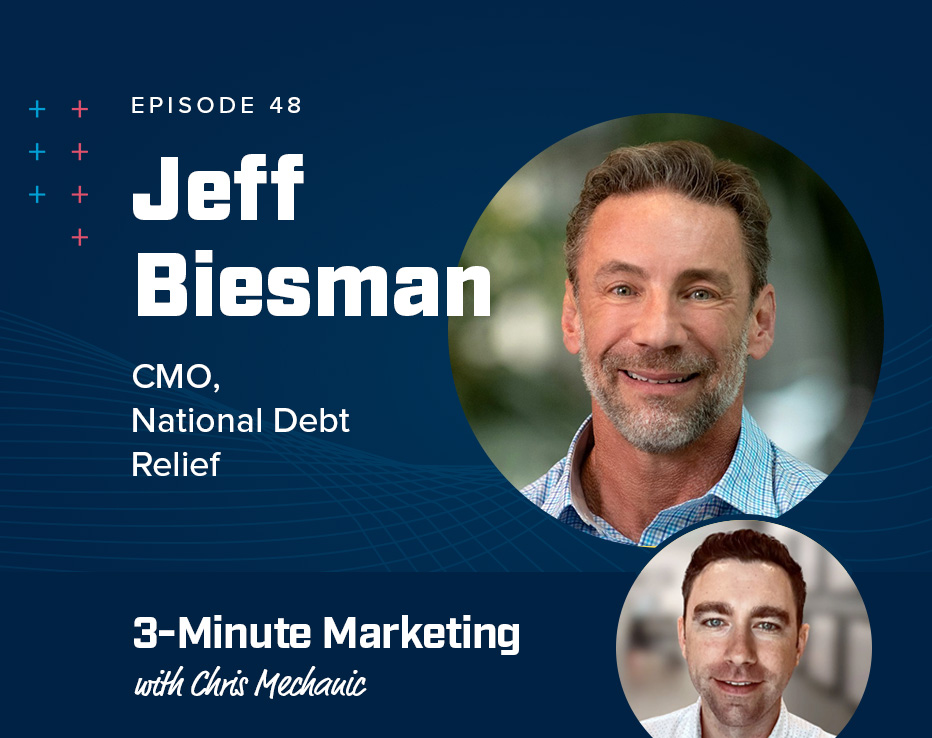
There’s a story in there somewhere
As a frequent listener of NPR, I know that everyone has a story to tell. From the boldly heroic actions of a firefighter who saved a family from a burning building to the understated, quiet calm of a teacher who motivated a student to soar to greater heights, all our stories have a place. So what’s the story of your brand?
There are too many “brand stories” centered on content-related narratives. They’re missing the point. If you told stories like that for entertainment’s sake, you’d lose the majority of your audience. A story is much more than just a linear series of events leading to a conclusion. It has tension, rising drama, tragedy, and comedy. So how can you tell the right brand story without boring your audience?
By definition, a story is the documentation of a journey told through a specific point of view. These journeys don’t always have to rise to the level of Gilgamesh, but they do need a start, middle, and end.
Here are five tips on telling the stories to captivate your audience.
1. Avoid writing a history book
Often, brands like to begin at… well, the beginning. Which is fine if you’re working on a corporate timeline. But stories rarely start by introducing the birth of the character. How much did we know of Luke Skywalker when we met him in STAR WARS? He was on a desert planet, he did some sort of farming, and he looked to the stars. From that seed, we unfolded a grand tale about his life, but we didn’t need to know every possible detail about his origin.
Consider these two opening lines about a brand:
“We started as a humble family business back in 1936, beginning with a simple idea…”
OR
“After the storm destroyed David’s house, he decided to take the greatest risk of his life.”
Presumably, we’re much more interested in learning about David’s misfortune (and subsequent success) than falling asleep to a history lesson about his grandpa’s country store. Use only so much of the story as you need to engage your audience’s curiosity and slowly draw them in.
2. Get personal
If your brand has done something amazing, like putting shoes on the whole world, why not tell us the story of a single child in some remote corner who’d been walking on cold stones since infancy—that is, until you came along? Using imagery that evokes a single, relatable event can be exceptionally powerful.
Every author has a style, and it’s very much tied to their personal experiences. Ever wonder why Stephen King’s work is set in Maine? Or Poe’s work was so dark (hint: he drank… a lot)? Every author injects a bit of themselves into the work, so don’t be afraid to pull in your own human experiences if it improves the narrative.
And since you’re getting personal…
3. Write like a reader
Does your writing style feel stale? Then scrap it. When creating content with the hopes of engaging your audience, think about the kinds of things you enjoy reading (you do enjoy reading, right?). If there’s a style that you like, there’s no shame in imitating it—but eventually, you should try to develop a unique voice.
Alternatively, take the time to read other successful writers in the genre. Great content can sometimes be as clear as a simple “how-to” list (insert wry grin here). It should come as no surprise, If your writing isn’t interesting, it’s not going to get read or shared.
While we’re on the subject of style…
4. Never settle for your first draft
“If it sounds like writing, I rewrite it.”
—Elmore Leonard
In this age of “technology will make me faster,” writers tend to crank out work that could use an editor’s touch. Or a rewrite. When writing content, you may want to take a second and third (and maybe even a fourth) look at it before you release it to the world. Even the best, most cogent ideas can use a little polish. (I assure you, you’re not reading my first draft of this.)
5. Start at the end
Screenwriters know this method well; find the ending and work backwards. If you realize your business has a specific differentiator, then let that be your big reveal. How did you get where you are now? And what’s the significance? Then, lead us from your humble roots to your current glory. By knowing the end of the story, you’re better able to set up the tension and drama to lead to a compelling conclusion.
(Insert drum roll and…)
That’s a wrap. Good luck! Get out there, open that laptop, and write something really interesting, enlightening, and engaging… please.
Most newsletters suck...
So while we technically have to call this a daily newsletter so people know what it is, it's anything but.
You won't find any 'industry standards' or 'guru best practices' here - only the real stuff that actually moves the needle.






